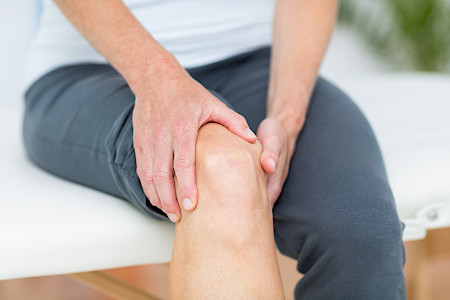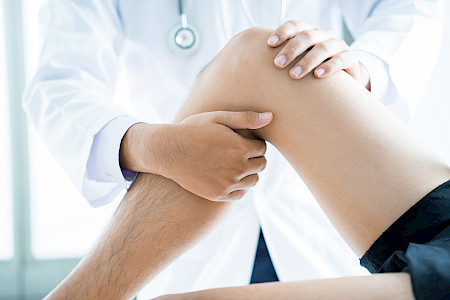Treatments
Meniscus tears can be treated conservatively or surgically. The method of treatment depends on the age of the patient, the diagnosis and whether there are other knee injuries.
Conservative therapies
It is possible to live with a meniscus tear if you lead a less active lifestyle or if you can avoid all twisting and flexing of the knee joint in day-to-day life.
The main conservative treatment for a meniscus tear is physiotherapy. The aim of this is to strengthen the muscles and improve stability and mobility.
Surgical treatment
The meniscus will not grow back together by itself. There is a risk that the tear will get bigger with every turning movement, in which case the patient will experience new, stabbing pains in the knee. In the worst case scenario, the knee joint may become locked.
Surgery is usually recommended in the following cases:
- when the affected individual is young and sporty
- if conservative treatment has not provided an improvement in movement-induced pain
- if mechanical complaints such as a locked knee or trapped nerve do not go away
There are different meniscus operations that can be carried out, such as:
- meniscus suture
- removal of the torn portion of the meniscus
- meniscus replacement (in very rare cases)
The interventions are all minimally invasive with the help of joint endoscopy (arthroscopy). Small incisions of about one centimetre are made to the right and left of the kneecap tendon, through which a video camera and the appropriate instruments are inserted.













